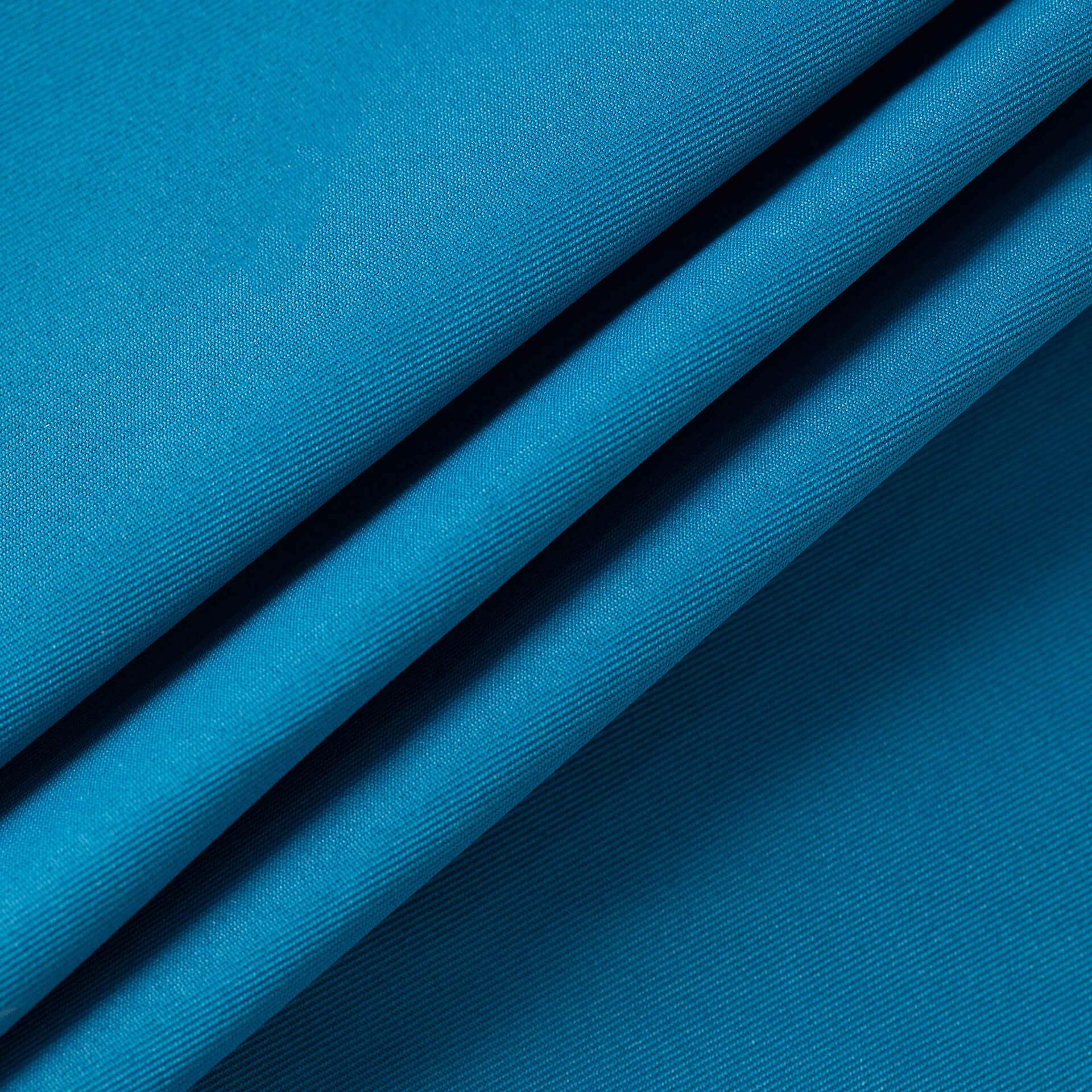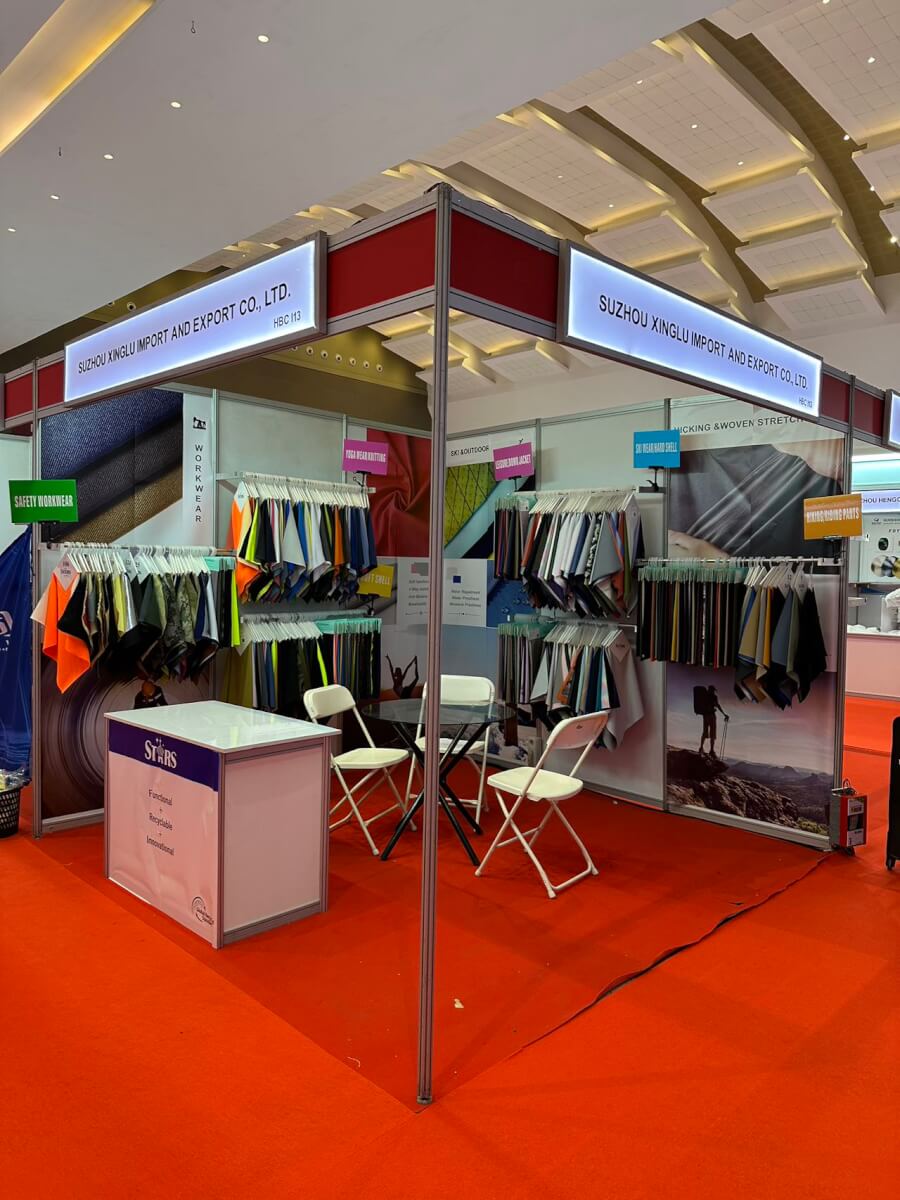Nylon plain fabric, a staple in the textile industry, is renowned for its versatility, durability, and functionality. This synthetic polymer has revolutionized various sectors, from fashion to industrial applications, since its inception in the 1930s. Let’s delve into the characteristics that make nylon plain fabric a material of choice for numerous applications.
Nylon was first developed by Wallace Carothers and his team at DuPont in 1935. It was the first synthetic fiber, marking a significant milestone in materials science. Initially introduced to the public at the 1939 New York World’s Fair, nylon quickly became popular, especially in women’s stockings. During World War II, its use expanded to military applications, such as parachutes and ropes, due to its durability and resistance to mildew.
Nylon plain fabric is celebrated for several key properties:
1. Strength and Durability: Nylon fibers are exceptionally strong and resistant to abrasion, making them ideal for products that require long-lasting performance.
2. Elasticity and Flexibility: The fabric can stretch significantly without losing its shape, which is beneficial for apparel that requires flexibility, such as activewear and lingerie.
3. Resistance to Wear, Moisture, and Chemicals: Nylon’s resistance to moisture and chemicals makes it suitable for outdoor and performance wear. It dries quickly and can repel water, preventing mold and mildew growth.
4. Thermal and Environmental Resistance: Nylon maintains its properties across a wide range of temperatures, making it suitable for various environmental conditions.
Nylon’s versatility is evident in its wide range of applications:
1. Fashion Industry: Nylon is a staple in activewear, swimwear, and outerwear due to its durability and moisture-wicking properties. Its elasticity also makes it ideal for hosiery and lingerie.
2. Industrial and Automotive Applications: In the automotive industry, nylon is used for components like seat belts and airbags due to its strength and heat resistance. It is also used in machinery parts, ropes, and cables.
3. Home Furnishings and Outdoor Gear: Nylon is used in upholstery for its durability and ease of maintenance. Outdoor gear such as tents and sleeping bags benefit from nylon’s water-resistant properties.
The production of nylon has a notable environmental impact due to its reliance on petroleum and the energy-intensive manufacturing process. However, advancements in recycling technologies and the development of bio-based alternatives are helping to mitigate these effects. Recycled nylon is becoming more prevalent, reducing waste and the demand for new raw materials.
Nylon plain fabric, with its rich history and broad spectrum of applications, remains a cornerstone of the textile industry. Its strength, durability, and versatility make it an indispensable material in both everyday items and specialized applications. As sustainability becomes increasingly important, the industry is making strides to reduce the environmental impact of nylon production, ensuring that this versatile fabric continues to be a valuable resource for the future.




